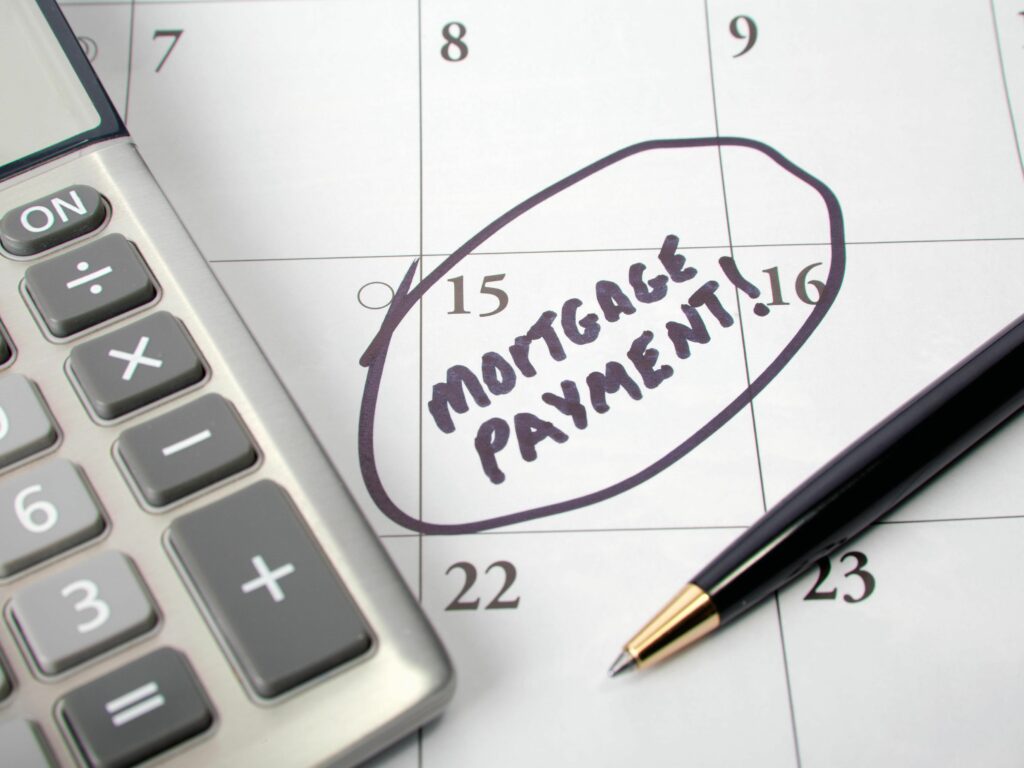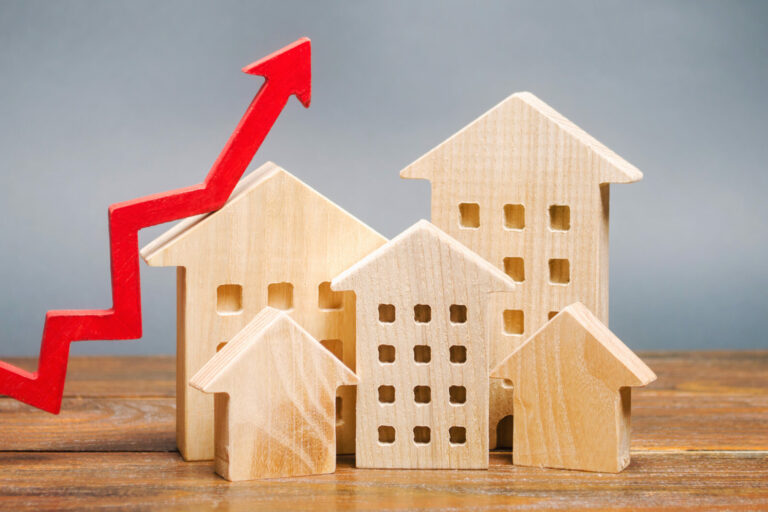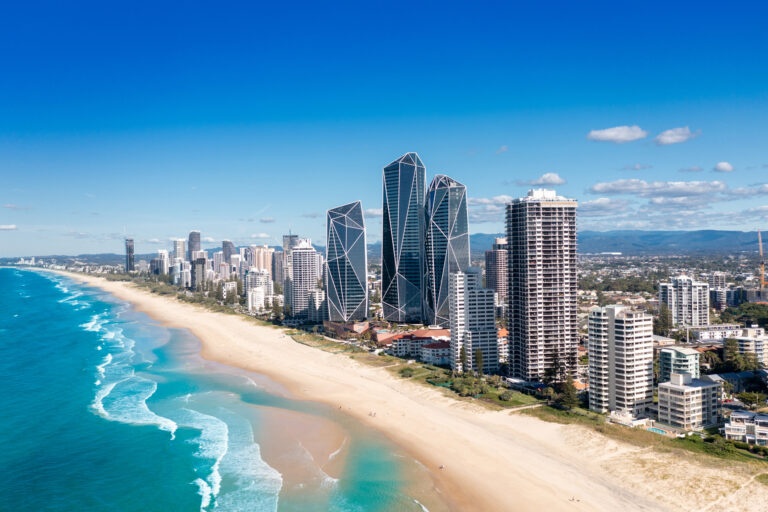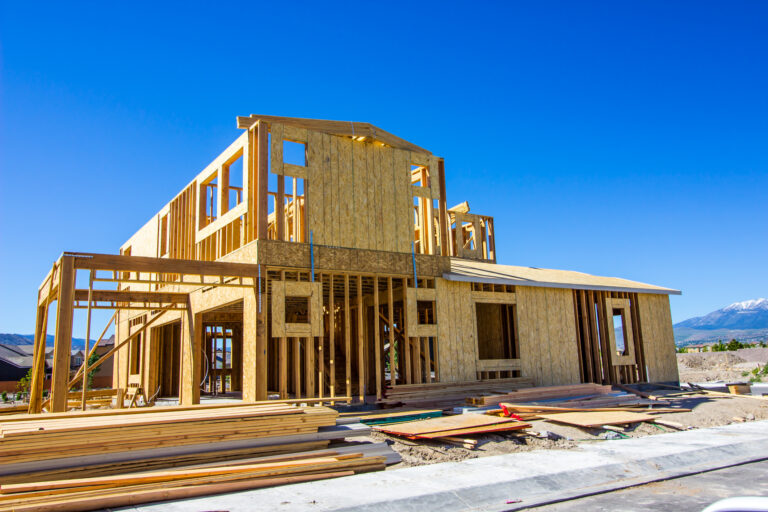This Week in Real Estate – 21st July 2022
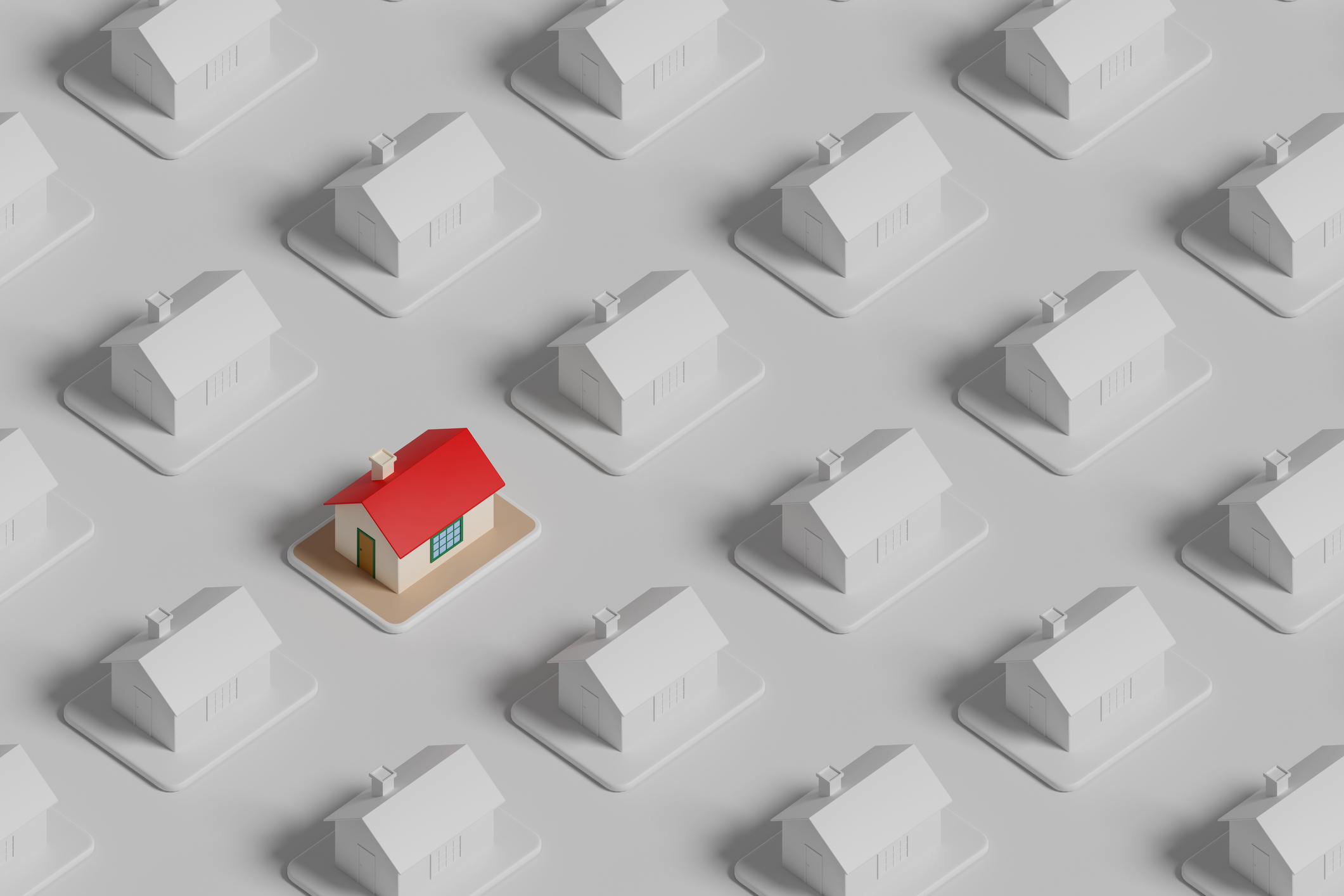
Coast Economy Bouncing Back
The Gold Coast economy has bounced back from Covid shutdowns and border closures, with new figures revealing tourists injected $220 million into the local economy during the school holidays. Destination Gold Coast CEO Patricia O’Callaghan says it’s no secret that Covid restrictions hit the Gold Coast tourism industry hard. She says the 2021 winter school holidays were a disaster because of lockdowns and the cancellations of major events including the Gold Coast Marathon.
Gold Coast Council and Destination Gold Coast predict the economy won’t fully recover until 2025, although it has already started to improve. This follows key funding commitments including a $200 million international aviation fund to lure more flights and airlines back to Australia.
The Gold Coast is also set to host the Australian Tourism Exchange, the Southern Hemisphere’s biggest international tourism convention in 2023 with 2,000 industry figures around the world expected to attend.
O’Callaghan says the Gold Coast remains a popular destination for interstate and international visitors.
Loan Stress ‘Materially Overplayed’
Speculation that rising interest rates will force a number of borrowers to default on their mortgages is “being materially overplayed”, according to Citi economists.
Analysts Brendan Sproules and Akshat Agrawal say above-median household incomes are giving borrowers better financial flexibility to meet repayments, despite the RBA increasing the official cash rate to 1.35%.
S&P Global Ratings analyst Erin Kitson says mortgage arrears are at historically low levels and she doesn’t expect a significant increase in defaults, “given a strong labour market and the buffers built into serviceability assessments”. Kitson says borrowers built up their savings during the pandemic as well as their repayment buffers and they will use that to help absorb higher mortgage repayments.
“While savings buffers have been declining from their pandemic highs as the economy has reopened, they remain above the long-term average of 5%,” she says.
Sproules and Agrawal say while there is no doubt Australia property is expensive and mortgages large, most borrowers can still meet repayments.
Migration Lift Will Increase Rents
Plans to increase migration into Australia could cause rents to increase further. CoreLogic Head of Research Tim Lawless says the market is already experiencing dramatic rent increases as a result of a national vacancy rate of just 1%.
With the Federal Government indicating it wants to fill labour shortages by increasing migration, Lawless says this will put further pressure on the rental market.
“Migrants traditionally move straight to the cities and they move first to the rental market,” he says. “It’s the factor still missing in the residential sector even with the rebound in rents.”
He says the rental market nationally was subdued for almost a decade but that has now dramatically changed. “Now the wheel has turned, we are seeing rental yields climbing very quickly. Falling house prices and rising rents are an unusual combination – in cities such as Sydney rental yields had dropped near 2%, we are now seeing them climb towards 3% and they could get to 4%.”.
Home Sellers Warm To Winter Market
The weather may be cold, but the property market remains hot, with June recording the busiest start to the winter market in more than a decade. PropTrack’s monthly Listings Report for June shows the number of new property listings are up by 8.5% compared with the same time last year.
PropTrack economist Angus Moore says interest rate rises and cost of living pressures have done little to dampen the market. “There has been a brisk pace of new listings, with more new listings nationally across the first half of the year than during any year since 2015,” Moore says. He says traditionally buying and selling activity slows in winter, but this year it has remained robust in many markets.
Sydney new listings are 1.3% higher than the same time last year and Melbourne is up 0.5%, while Canberra listings are up a massive 32%.
New listings on realestate.com.au throughout Australia are 8.5 %, making it the busiest June since 2011.

